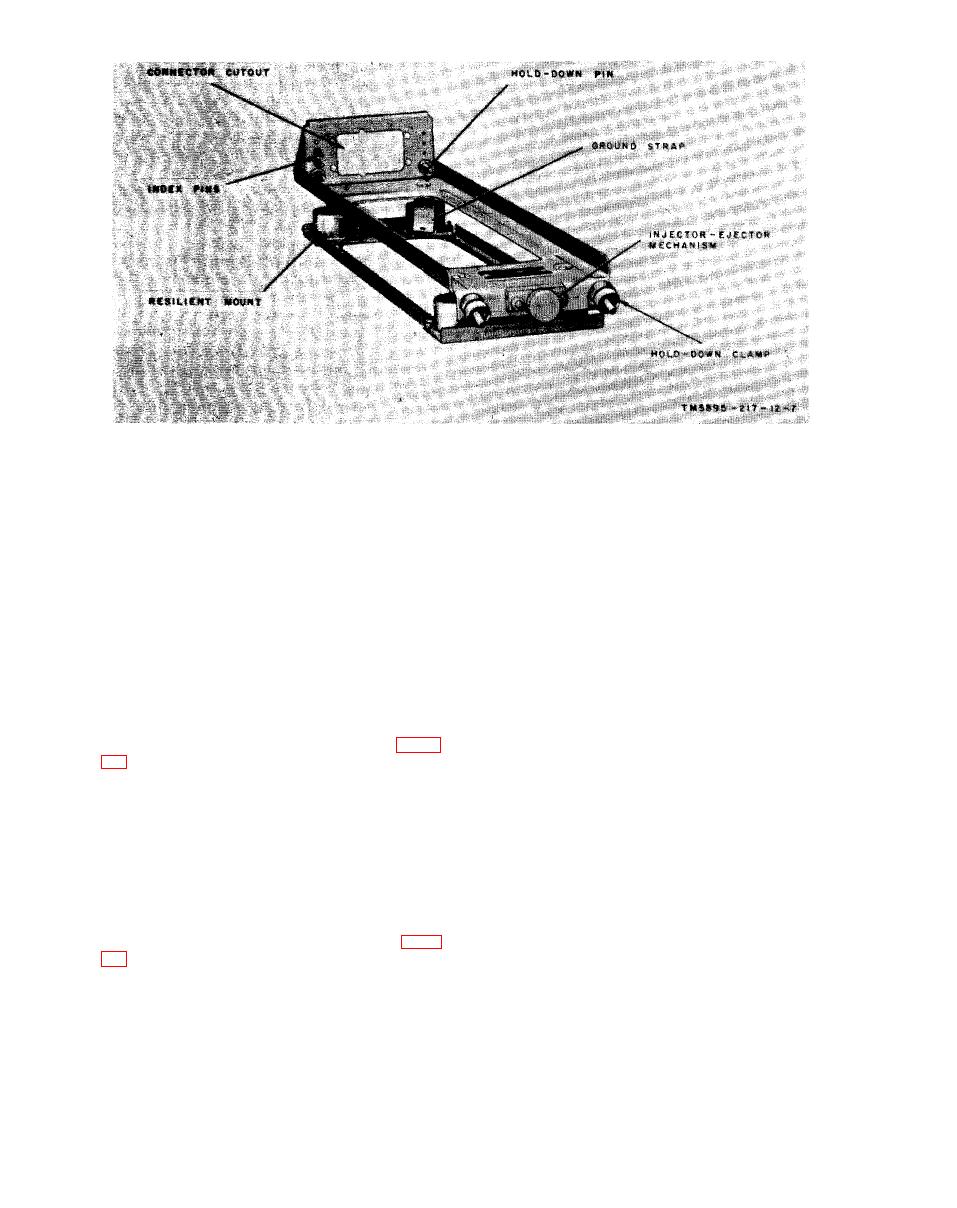 |
|||
|
|
|||
|
Page Title:
Section III. SYSTEM APPLICATION |
|
||
| ||||||||||
|
|  (1) An interconnecting cable for con-
pin connectors for the control unit
n e c t i n g the receiver-transmitter
a n d the receiver-transmitter.
to the control unit, the power
(2) A 52-ohm coaxial cable, terminated
s o u r c e , and the aircraft's elec -
at both ends with Plug, Connector
tronic system. This cable consists
UG-573A/U, for connecting the re-
ceiver-transmitter to the antenna.
of 28 shielded wires within multi-
Section Ill. SYSTEM APPLICATION
14. General
(4) Identification of position.
( 5 ) Emergency.
a. Interrogator signals, consisting of
p a i r s of pulses with their spacing gov-
e r n e d by the interrogation mode (para
15 a) are transmitted to the transponder
a . I n t e r r o g a t i o n s . T h r e e independent
s e t in the aircraft by the challenging
interrogation modes are presently in use
b y military operations: mode 1, mode 2 ,
ground-based IFF radar interrogator
and mode .3. All three modes consist of
station. The transponder set decodes the
t w o identical pulses. The difference be-
interrogation signal pulses and transmits
a coded reply to the ground-based IFF
tween each of these modes is established
by pulse separation. The interrogation
r a d a r interrogator station. Replies from
the transponder set permit positive iden-
pulses have specific characteristics which
tification of the aircraft and its position.
permit the transponder set to distinguish
b e t w e e n interrogations and other pulse
b. C o d e d t r a n s p o n d e r r e p l i e s a r e
groups that may be received from radars
formed in five operational categories (para
o r jamming devices. Transmitted inter-
(1) Normal.
r o g a t i o n pulses consist of bursts of a
(2) Modified (also referred to as sif).
radiofrequency (rf) carrier similar to
(3) civil.
c o n t i n u o u s - w a v e ( C W) code transmissions
|
|
Privacy Statement - Press Release - Copyright Information. - Contact Us |